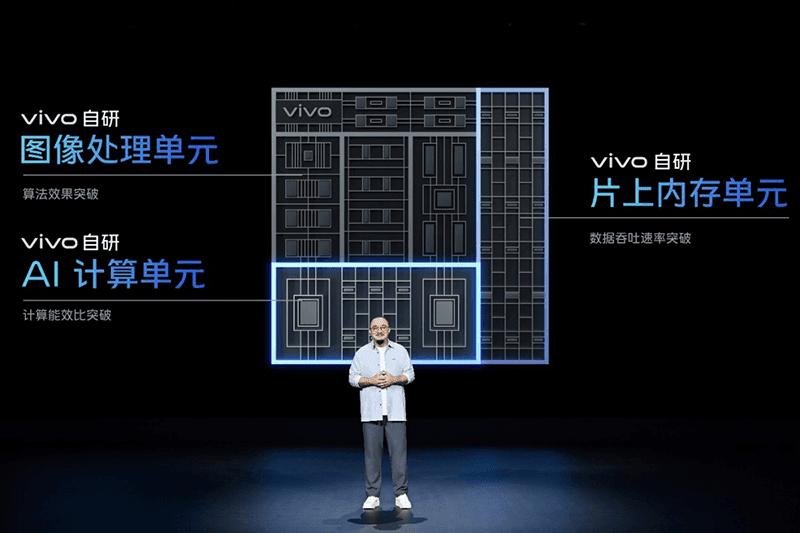.gif)
vivo and ZEISS just gave the public a sneak peek of what the camera system on the X90 series will pack. It showed camera features and tech.
vivo X90 series camera system strive for close-to-human-eye photo detail!
 |
| Here are the vivo X90 series camera features |
For the upcoming X90 series of flagships, vivo and ZEISS have been hard at work perfecting the camera technology. The system is made up of various components, each of which is in charge of a particular function. The camera system's ultimate objective is to provide a digital image that exactly replicates what the human eye would see in the scene.
This generation focuses on two key scenarios that are still challenging for smartphones which are taking nighttime photos and taking portraits. The camera technology that was showcased was a combination of vivo's own innovation plus its collaboration with ZEISS.
Beginning with the optical system, which touts the use of cutting-edge lenses and coatings and enhances the image sensor's signal-to-noise ratio. The correct white balance is then determined by the True Color Restoration Engine.
The Ultra-Clear Image Quality Engine follows a super-resolution technique that recovers about 35 percent of the data that was lost due to optical flaws using a virtual representation of the lens. To further enhance image quality and dynamic range, a multi-frame mode is also available. This is particularly beneficial for periscope lenses.
vivo's new Low-light and Portrait technology
 |
| vivo will also introduce the successor for the V1 ISP |
The vivo X90 series takes measurements of ambient light's brightness and color temperature in order to provide an accurate representation of a scene.
The following system, which is separated into three sections, is intended for portrait photography. The first phase attempts to comprehend the scene recognizes up to 103 facial feature points, and also considers the position of the subject.
The following two sections split the task into two parts: one deals with the subject and applies machine-learning beauty filters, while the other modifies the background by adjusting a number of dials, including bokeh, tone, and brightness, among others.
Another method is intended specifically for low-light photography. The camera can now achieve an ISO of 102,400 and the maximum sensitivity has been increased as well. According to vivo's claims, the system is effective enough to take a picture of a starry night sky without using a tripod or a long exposure.
vivo claims that the sensor used in the upcoming flagship phones would have 77 percent more light sensitivity than the specially designed ISOCELL GNV sensor used in the X80 series. A new 50mm portrait lens is also being developed by vivo and ZEISS.
A new acceleration engine, which sounds like the V1 ISP's replacement, was built in-house, accelerates deep learning and computer vision activities, and blends conventional ISP methods with contemporary AI-based solutions.
This new ISP is also capable of handling video. The proprietary vivo chip has on-board SRAM to manage all the necessary data. This has a lower latency and uses less power than off-chip RAM. Its processor can perform 16.3 trillion operations per second (TOPS) per Watt according to vivo.
The vivo X90 series is yet to be announced and even a launch date was not shared. We will update you as soon as we get more information.
What do you guys think?

.gif)


.gif)




Post a Comment